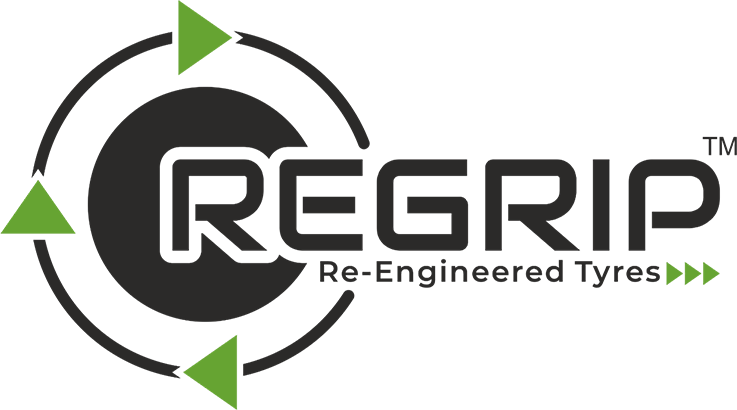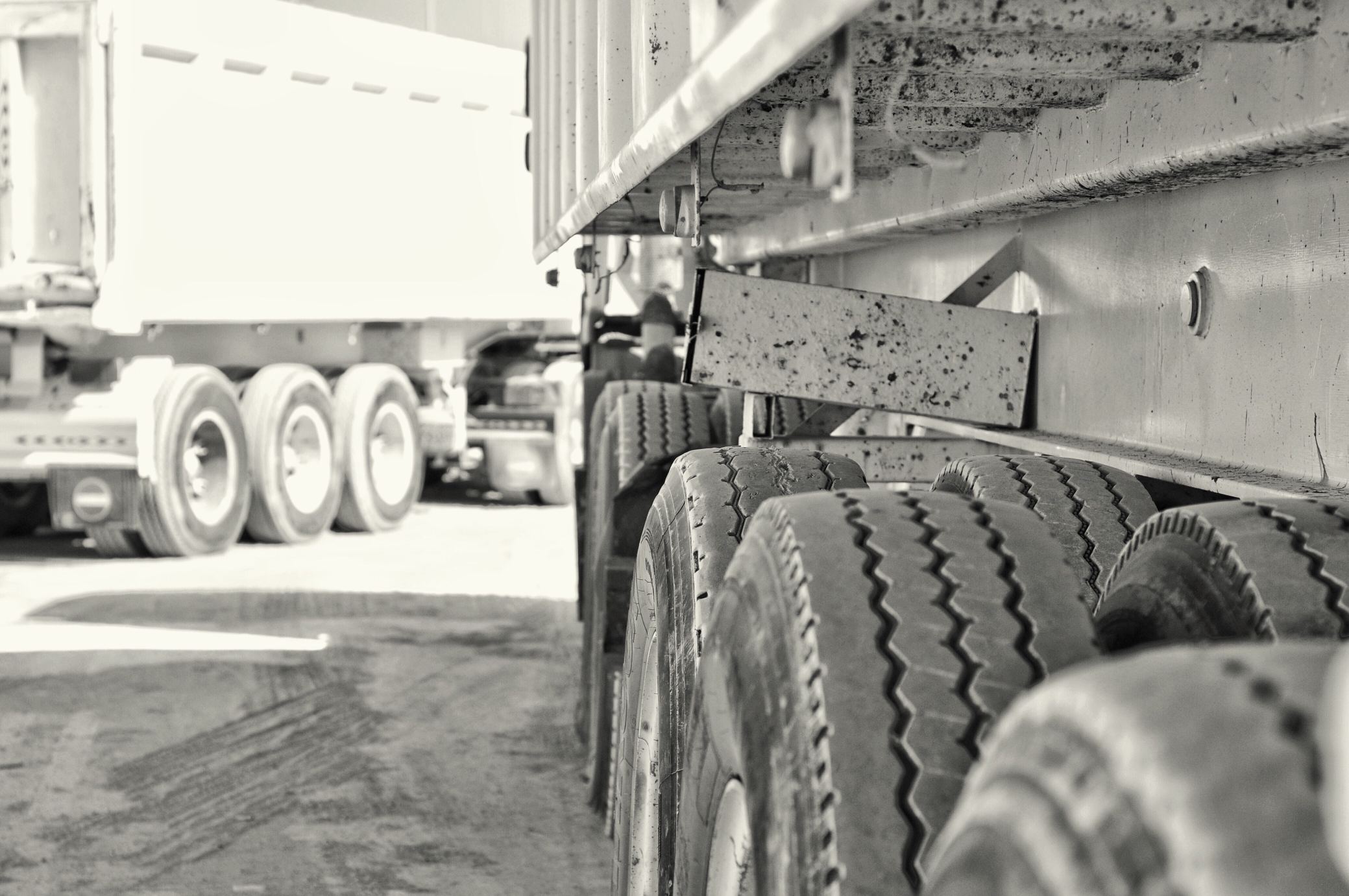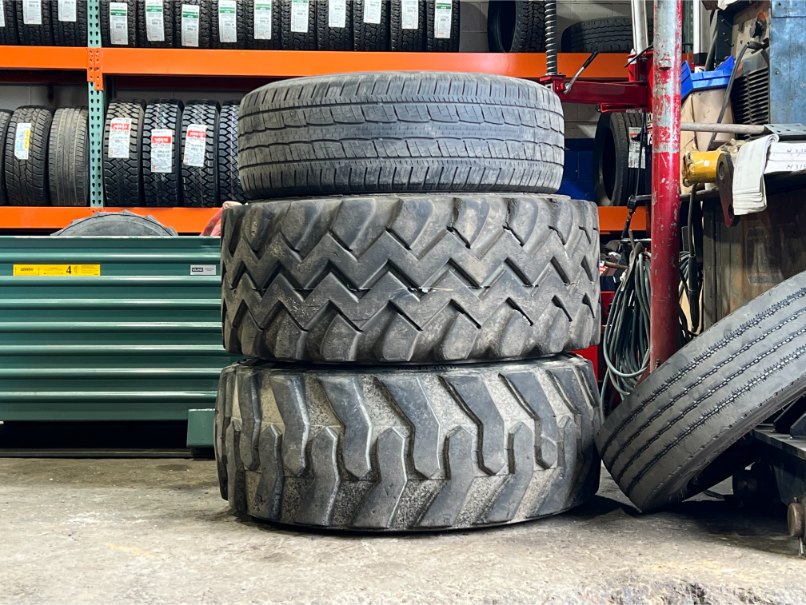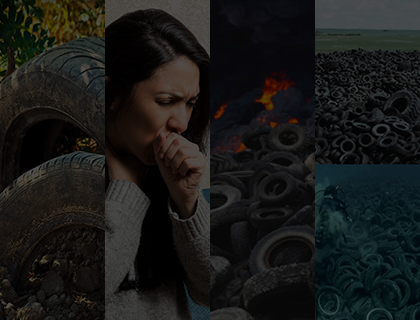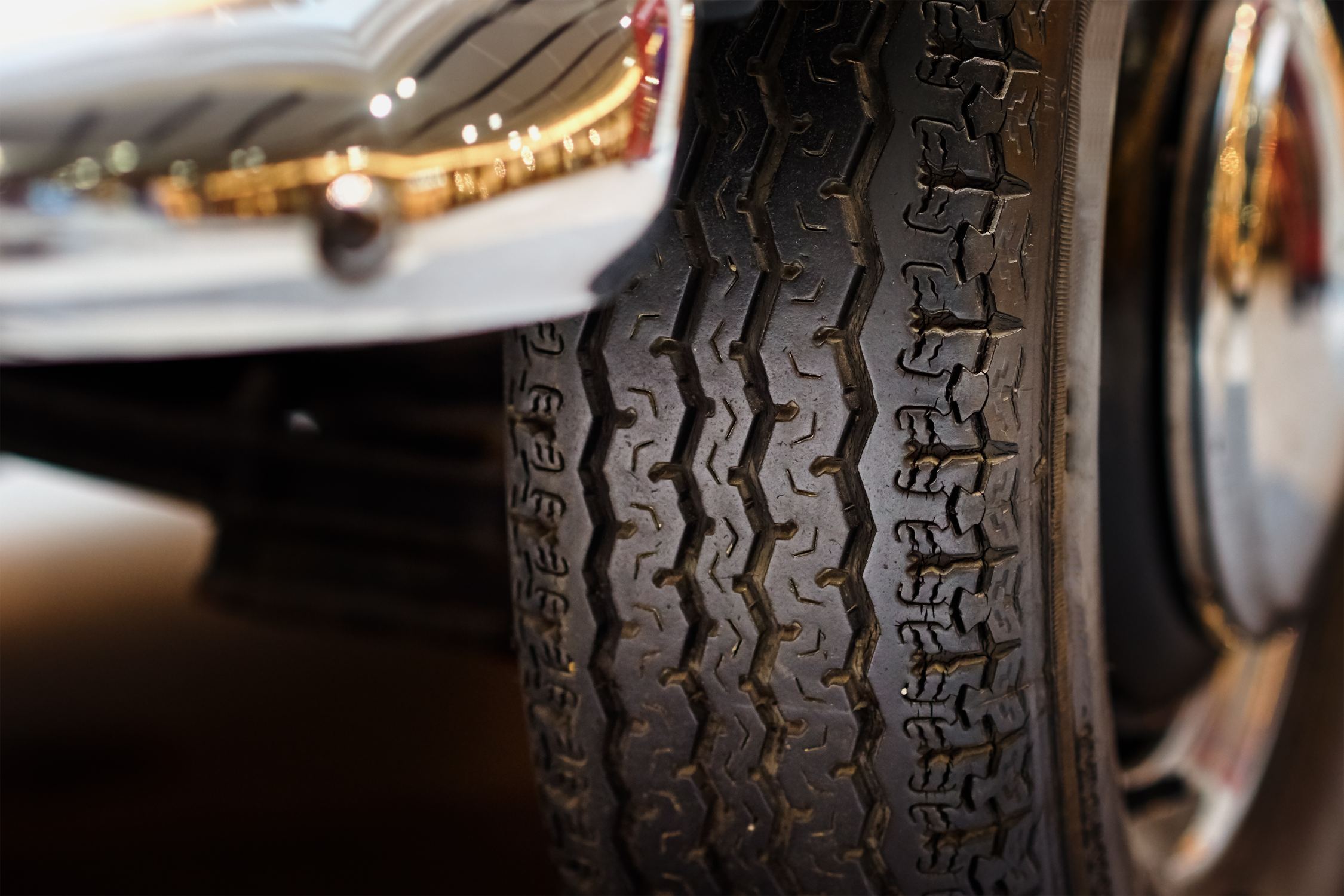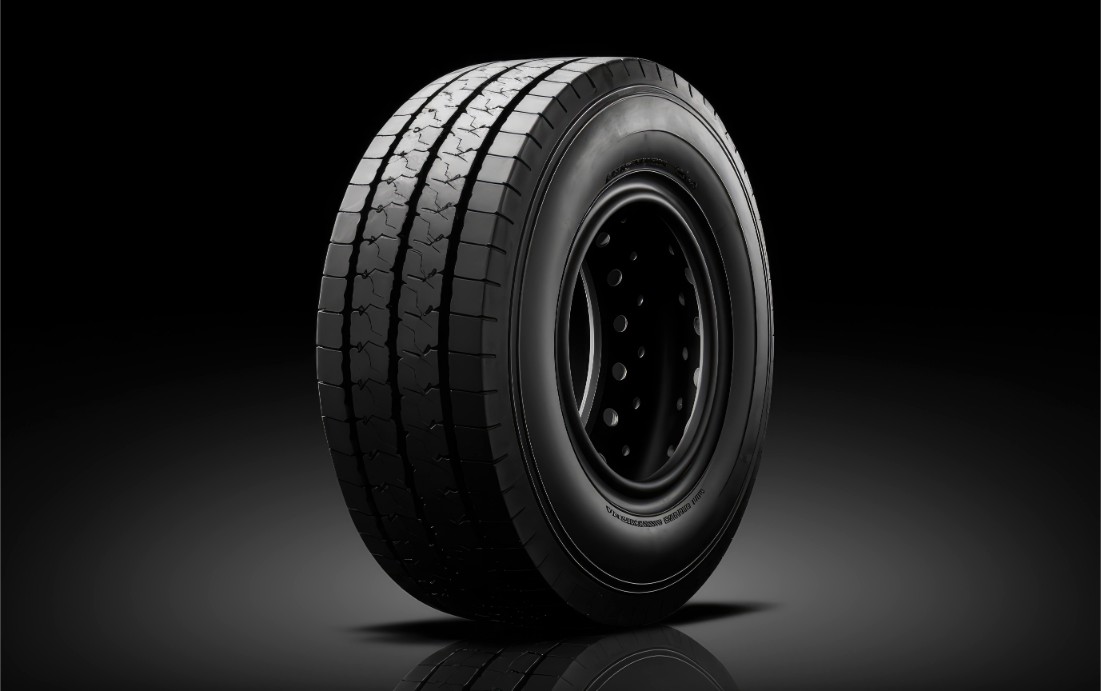
More than 100 million tyres go to end-of-life each year, mounting an environmental legacy that lasts centuries in the landfill .
Regrip through its product brands, Tyregrip and Tyresole is now the vision for tyre recycling, taking the thorny problem of waste and turning it into a sustainable opportunity.
The Tyre Waste Dilemma
Tyres are strong—but strength generates pollutants. Abandoned tyres become disease vectors, fire hazards, and release toxic chemicals when burned
Global annual waste numbers hit over a billion tyres; India alone adds millions to that number
The size is overwhelming—one’s only hope is immediate action.
Innovative Recycling: Beyond Crumb Rubber
Standard tyre disposal tends towards shredding into crumb rubber for minor use—but Regrip’s solution is much more integrated
Advanced Shredding & Granulation
Tyres are industrially shredded into fine granules ideal for rubberized asphalt, safety mats, children’s playground flooring, and splash-proof sports flooring
Pyrolysis: Waste to Resource
Regrip uses clean pyrolysis—burning tyres without oxygen—to capture valuable byproducts: pyrolysis oil (industrial-grade), carbon black (inks/paints/tyres), steel wire, and syngas. Zero-waste and turning environmental risk into economic reward
Creative Upcycling
Used tyres are innovated into furniture, garden pots, and artwork—completing utility while innovating and giving them the second beautiful life
Tyre Retreading: Circular Mobility in Action
Retreading is the core of Regrip’s mission, powered by Tyregrip and Tyresole
What is Retreading?
Tyres usually lose treads long before the internal casing fails. Retreading gives the internal casing a new life by applying fresh rubber, giving tyres a second (or third) life—at around 30–50 % cost of the new tyres
Environmental & Financial Benefits
One retreaded tyre saves up to 22 gallons of oil and avoids 50 lbs of CO₂ emissions
At large scale, casing reuse saves up to 70 % of material and reduces 60 % of carbon against new tyre
Safety Guarantees
Tyregrip & Tyresole maintain strict quality checks—from casing inspection to curing and shearography tests—so retreaded tyres are at least up to mark in safety and performance compared to new ones
Charging the Circular Economy and Local Prosperity
Regrip doesn’t merely handle tyre waste—they lead the way:
Circular Mobility: By extending tyre life and recovering material, they demonstrate a circular economy in motion
Retreading Business
Regulatory Leadership: Their operations conform to environmental standards, addressing a sector traditionally criticized for non-compliant pyrolysis units
Down To Earth
Scaling Up: From Local Solution to National Movement
Regrip’s growth is seen in both investment and momentum:
In May 2024, they secured INR 16 crore (USD 2 million) of pre‑Series A funding led by Qatar’s Sirious One VC and involving investor Suniel Shetty
Tyregrip’s Pune plant upgraded retreading with tread rubber from Indag in 2023, making it a major independent retreader in Western India
Retreading Business
Their model—mashing together retreading, pyrolysis, and upcycling—converts waste tyres into a diversified pipeline of resources.
Conclusion: Rolling Towards a Greener, Smarter Future
Through an integration of effective retreading with advanced recycling and pyrolysis, Regrip—with Tyregrip and Tyresole—has developed a model that is not only environmentally sustainable but economically attractive and socially empowering. For fleet managers, logistics providers, and environmentally conscious consumers, partnering with Regrip amounts to saving up to 50 % of tyre expenses while significantly reducing carbon emissions and landfill utilization.
Tyre recycling with Regrip is not only simple—it’s imperative. It’s a transparent, looped process from waste to worth, to the benefit of people, profits, and the planet.
➡️ Ready to be part of the revolution?
